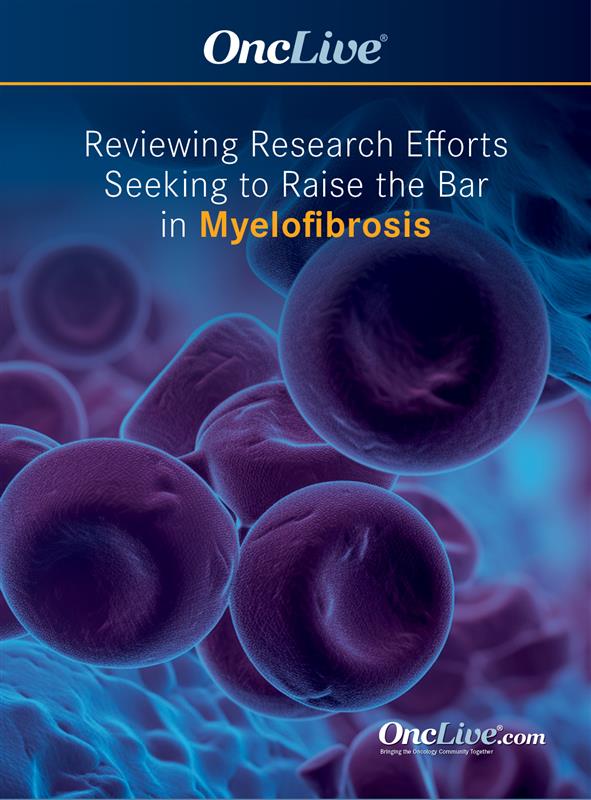Commentary
Video
Supplements and Featured Publications
Dr Tantravahi on the Efficacy of Selinexor Plus Ruxolitinib in JAK Inhibitor–Naive Myelofibrosis
Author(s):
Srinivas K. Tantravahi, MBBS, MRCP, discusses the preliminary efficacy of selinexor in combination with ruxolitinib in patients with JAK inhibitor–naive myelofibrosis, as seen in the phase 1 XPORT-MF-034 trial.
Srinivas K. Tantravahi, MBBS, MRCP, hematologist, the University of Utah Huntsman Cancer Institute, discusses the preliminary efficacy of selinexor (Xpovio) in combination with ruxolitinib (Jakafi) in patients with JAK inhibitor–naive myelofibrosis, as evaluated in the phase 1/3 XPORT-MF-034 trial (NCT04562389).
The open-label XPORT-MF-034 study assessed the safety and efficacy of the oral, highly selective XPO1 inhibitor selinexor at 40 mg and 60 mg in combination with ruxolitinib, Tantravahi begins. Among the 14 patients who received the 60 mg dose of weekly selinexor, the majority had intermediate-2 to high-risk disease, he notes.
Findings from the 60 mg selinexor cohort which were presented at the 2023 ASH Annual Meeting showed that the combination had a manageable safety profile and produced encouraging signals of both durable spleen volume reduction (SVR) and symptom improvement in patients with JAK inhibitor–naive myelofibrosis, Tantravahi reports. The median time to both spleen and symptom response was 12.1 weeks, and the probability that patients would have achieved an SVR was 100% at a median follow-up duration of 32 weeks (range, 12-78). Furthermore, it was anticipated that 100% of these patients will maintain a total symptom score (TSS) response at a median follow-up of 51 weeks (range, 12-64).
SVR of 35% or greater (SVR35) and TSS improvement of 50% or more improvement (TSS50) with selinexor plus ruxolitinib was also evaluated in the study. At week 24, the SVR35 rate was 92% in the efficacy-evaluable population and 79% in the intent-to-treat patient population, Tantravahi states. The TSS50 was also favorable, with rates of 78% and 58% in these respective populations.
These responses were found to be encouraging compared with historical response rates seen with single-agent JAK inhibitors, Tantravahi notes. In turn, these data support further investigation of the 60 mg dose of selinexor plus ruxolitinib vs placebo with ruxolitinib in the ongoing, randomized phase 3 portion of XPORT-MF-034, Tantravahi concludes.










